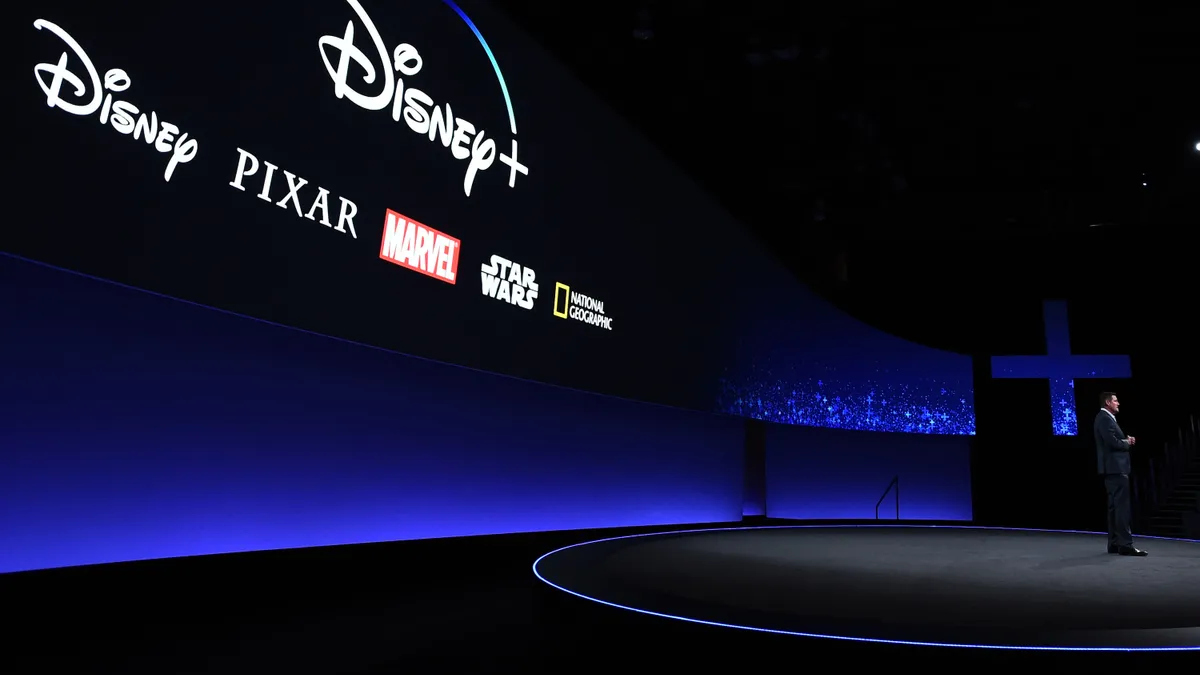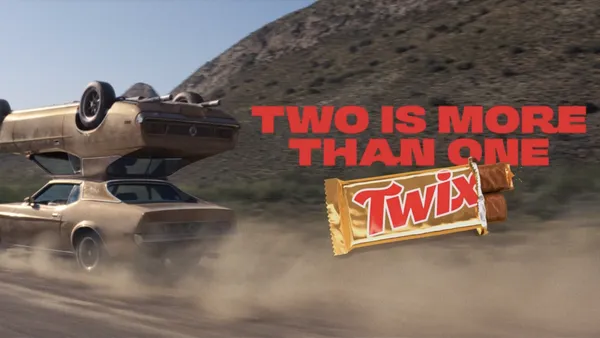The following is a guest post from Tal Chalozin, CTO and co-founder of Innovid. Opinions are the author's own.
With Disney forecasting 230 million to 260 million subscribers to its titular streaming platform by 2024, it's rapidly making its presence known in the competitive landscape. Disney+'s success begs the question whether there is value in Disney focusing efforts on the discounted streaming bundle of Disney+, Hulu and ESPN+ for $14.99 versus its individual service. They're primed to reach consumers on their own, and we believe Disney will eventually go the route of an ad-supported tier. Here's why.
Retention is easier with low or no cost
In 2020, streamers had a gold rush to get subscribers, so they gave it away for free or in bundled deals. But this year, people will begin to question whether they really need every service they're subscribed to, including Disney+. Right now, Disney+ is relying on beloved original content to drive subscriptions. But once that novelty wears off, Disney will have to work harder to retain viewers. The platform is about $7 per month on its own, but when compounded with the costs of other streamers, it quickly adds up for consumers. With an ad-supported model, streamers will be less likely to put Disney+ on the chopping block when reviewing their CTV platform spend. SpotX found that four out of five streamers watch ad-supported programming. Retaining audiences is always easier if it's costing them very little or nothing to keep a service.
Reach more audiences
There's also the potential to reach more people if the service doesn't add money to monthly bills. That same SpotX study found that 80% of consumers don't plan to increase their spending on CTV subscriptions soon. This means growth will largely plateau for streaming services that don't offer an ad-supported tier. Disney is perfectly positioned for this opportunity. To reach the massive subscriber numbers forecasted, Disney must move beyond the early adopters to the majority, or even the laggards, which means removing barriers to entry. Its global expansion and high subscriber numbers means suggests an ad-supported business could create a valid offering, especially in reaching budget-minded households.
Brands would be eager to advertise on Disney+
Similar to Peacock, Disney had the advantage of being an established brand with a strong content library and recognition. This positioned them for success from the outset. By the transitive property, advertisers may be similarly interested in an ad-supported tier of Disney+.
We've seen the great success that Hulu achieved in terms of US consumer adoption but also becoming a household name in the ad community. Now a majority owner of Hulu, Disney+ can use that as a launching pad, leveraging learnings and massive ad tech chops to sign large advertisers and expand the play of ad-supported content.
Because of consumers' shift to CTV in recent years, advertisers are already invested heavily on the channel. From January 2020 to the end of November, Innovid saw a 58% year-over-year lift in CTV ad impression growth. November alone saw a 87% increase. For advertisers, the strategy of buying primetime television hasn't changed: They still want to associate the brand with premium content and reach big audiences. The tactics, however, have changed. Advertisers will now purchase CTV inventory to achieve those goals, and Disney+ is prime inventory that meets those requirements.
Now is the time to pivot to ad-supported. Platforms like Hulu are gaining share of total video ad dollars as eyeballs focus on CTV to ride out the winter and COVID-19 pandemic. Disney would be wise to consider a pivot to ad-supported this year to continue its momentum in the streaming space.














